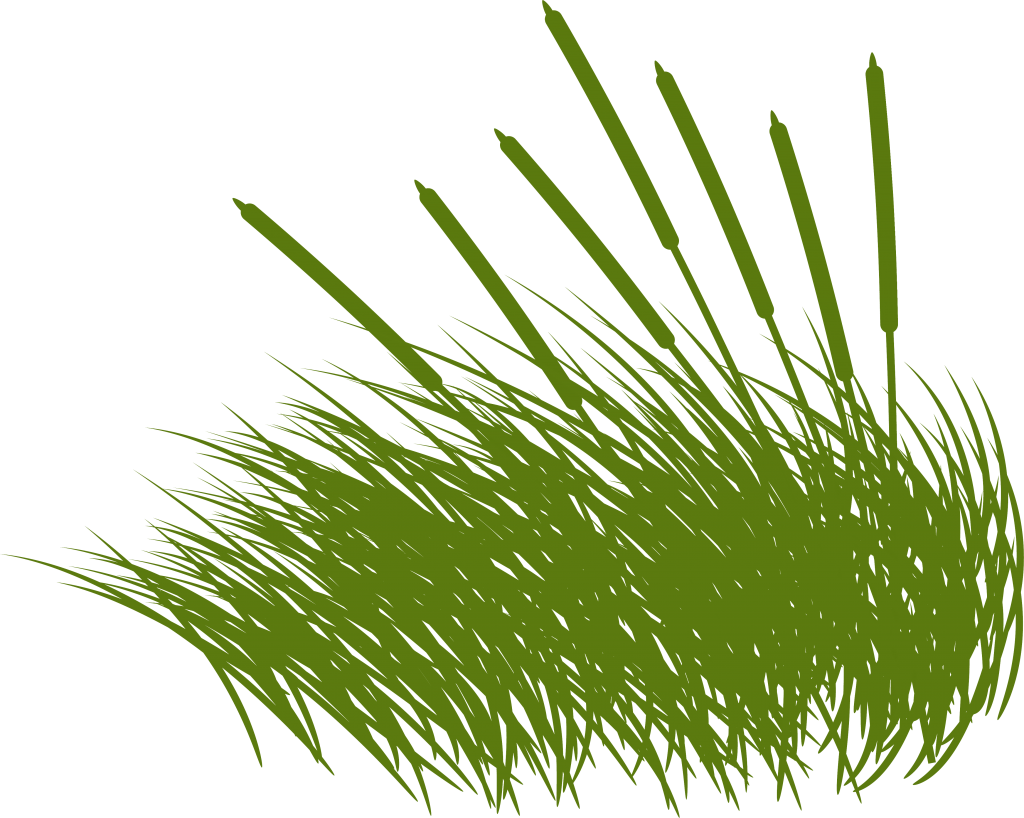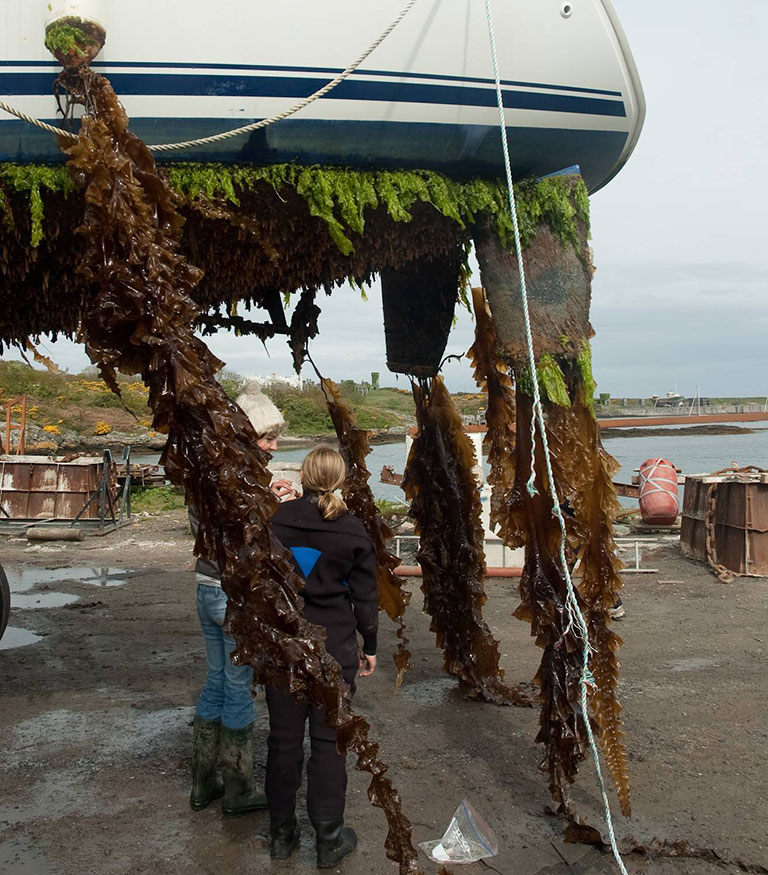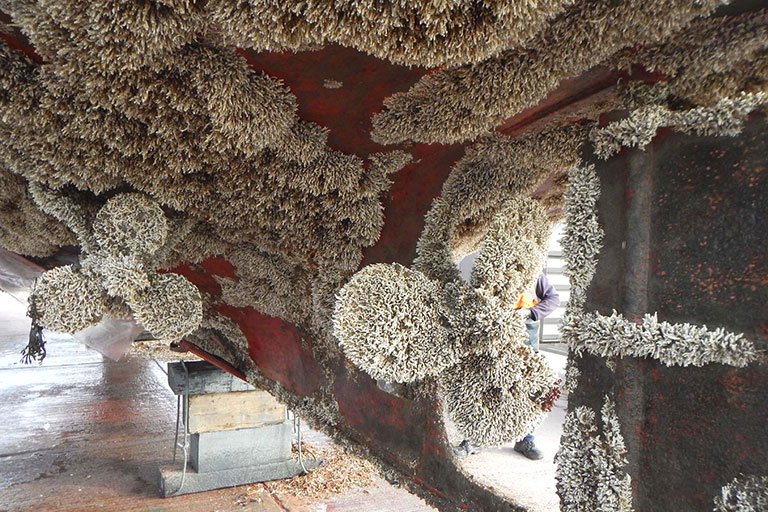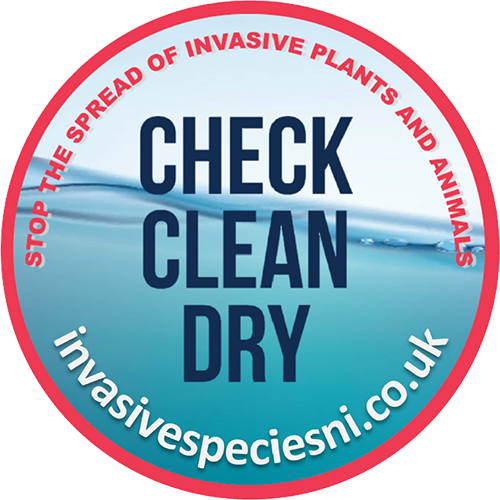Language: English | Cymraeg
Severn Estuary Recreation Pathway Action Plan
Recreational activities, such as recreational boating and water sports, are very popular in the Severn Estuary in a range of locations but are more likely to occur in hotspots like marinas and clubs. In the marine environment, recreation is recognised as a key pathway for INNS introduction and spread. This is attributed to animals (as eggs and in their larval, juvenile and adult life stages) or seaweed (as fragments or spores) being transferred by recreational users and/or their equipment between locations. INNS can be caught up in small gaps and water-retaining features, on kit and equipment (e.g., paddleboards, anchors, buoyancy aids and kit), or attached to the hulls of boats.
Biofouling is the accumulation of marine organisms (plants, animals, bacteria and detritus) on submerged or partially submerged (immersed) surfaces. Hull fouling refers to biofouling on a boat’s hull and other surfaces below the waterline. This includes all surfaces and niche areas (i.e., recessed or hard to reach areas and crevices) that are in contact with the water.
Anyone taking part in recreational activities on or near the Severn Estuary should familiarise themselves with this plan. Activities include:
- Beach-based sports – e.g kite surfing, metal detecting
- Water-based sports – sailing, motorboating, stand-up paddleboarding, swimming, windsurfing, kayaking/canoeing
- Wildlife watching
- Beach cleaning
INNS can be transferred in a number of different ways from recreational activities:
- In vessels or watercraft (especially in small gaps that you may not check or clean often)
- On the hull of vessels (this is called ‘fouling’ and will be visible)
- On equipment (for example on anchors, buoyancy aids, paddles, stand up paddleboards)
- On clothing (for example wet suits, dry suits, boots, helmets)
To reduce these risks, anyone taking part in a recreational activity should follow the biosecurity actions in this plan, including the thorough Check, Clean and Dry all of their kit and equipment, setting up biosecurity protocols for their clubs or group and carrying out proper boat maintenance, including anti-fouling and preventing biofouling.
Relevant stakeholders for this action plan include Recreational Users/User Groups, Sports and Recreation Associations, Commercial Recreation Providers and Tourism Organisations.
Severn Estuary Recreation Pathway Action Plan
| Action number | Action | Links |
|---|---|---|
| 1.1 | Endorse this plan and promote the uptake of actions contained within this plan across your sector. | |
| 1.2 | Consider AQUA accreditation or use templates provided to draft a biosecurity plan for your group using the resources on this site. | AQUA |
| 1.3 | Nominate a biosecurity lead in your organisation/group. Encourage them to educate staff and customers about marine invasive non-native species using the resources available on these biosecurity pages. | |
| 1.4 | Ask the biosecurity lead to report species on iRecord. If you do not recognise the species, send a photo to your local records centre. | IRecord Local Records Centres (ALERC) |
| 1.5 | Adopt Check, Clean, Dry campaign and utilise their resources for best practice. | Check, Clean, Dry (NNSS) |
| 1.6 | Distribute and promote Check Clean Dry campaign messaging and materials. | Boaters (NNSS) Paddlers (NNSS) Stand Up Paddleboarders (NNSS) |
| 1.7 | Include information on INNS, biosecurity best-practice, inspections and reporting in training for all new members/staff. | Training (NNSS) |
| 1.8 | Educate staff, customers and contractors by including information on marine invasive non-native species and biosecurity in your existing print and online media and websites. | |
| 1.9 | Identify existing wash-down facilities, that follow best practice in the capture and disposal of materials. Where not available seek funding for installation. | Environmental Facilities Map (The Green Blue) |
| 1.10 | Promote use of iRecord app for coastal users. | IRecord |
| 1.11 | Share the Green Blue’s resources relevant to recreational activities with stakeholders. | Resouces (The Green Blue) |
| 1.12 | Insert a biosecurity clause in information put out at boating and water sports events to ensure that competitors from outside the Severn are aware of Check, Clean, Dry and the need to stop marine invasive non-native species spread. | Check out Events |
| 1.13 | Request and use The Green Blue’s coastal biosecurity signage kit at places used by watersports participants. | Coastal Biosecurity Signage Kit (The Green Blue) |
| 1.14 | Support nationally agreed actions to encourage all clubs and training centres to add a biosecurity clause to their constitutions, award systems and ideally any other contractual agreements (e.g. agreements to use / keep boats). This may be direct, or by including biosecurity in model constitutions provided to clubs. | Recreational Boating Pathway Action Plan (NNSS) |
| 1.15 | Provide members with clear guidance on their legal responsibilities for activities in the marine environment. This could be included in membership information for registration / renewal or as part of regular member communications. | Check out Policy and Legislation |
| 1.16 | Follow the Green Blue ‘Protect, Collect and Dispose’ initiative focused on environmental best practice when antifouling yachts and boats. | Guidance on Anti-fouling (BCF) |
Links and resources:

 Severn Estuary Partnership
Severn Estuary Partnership

